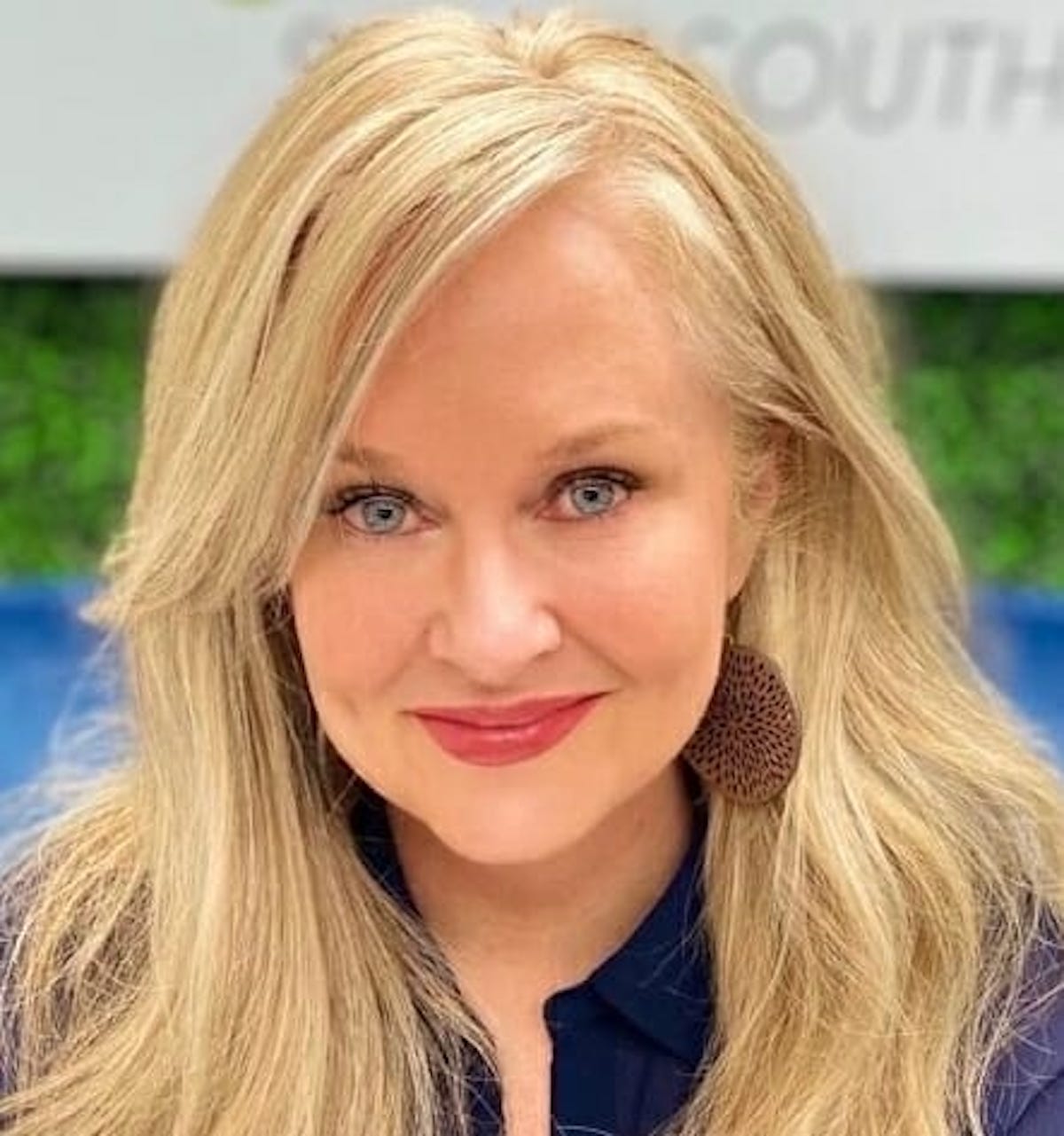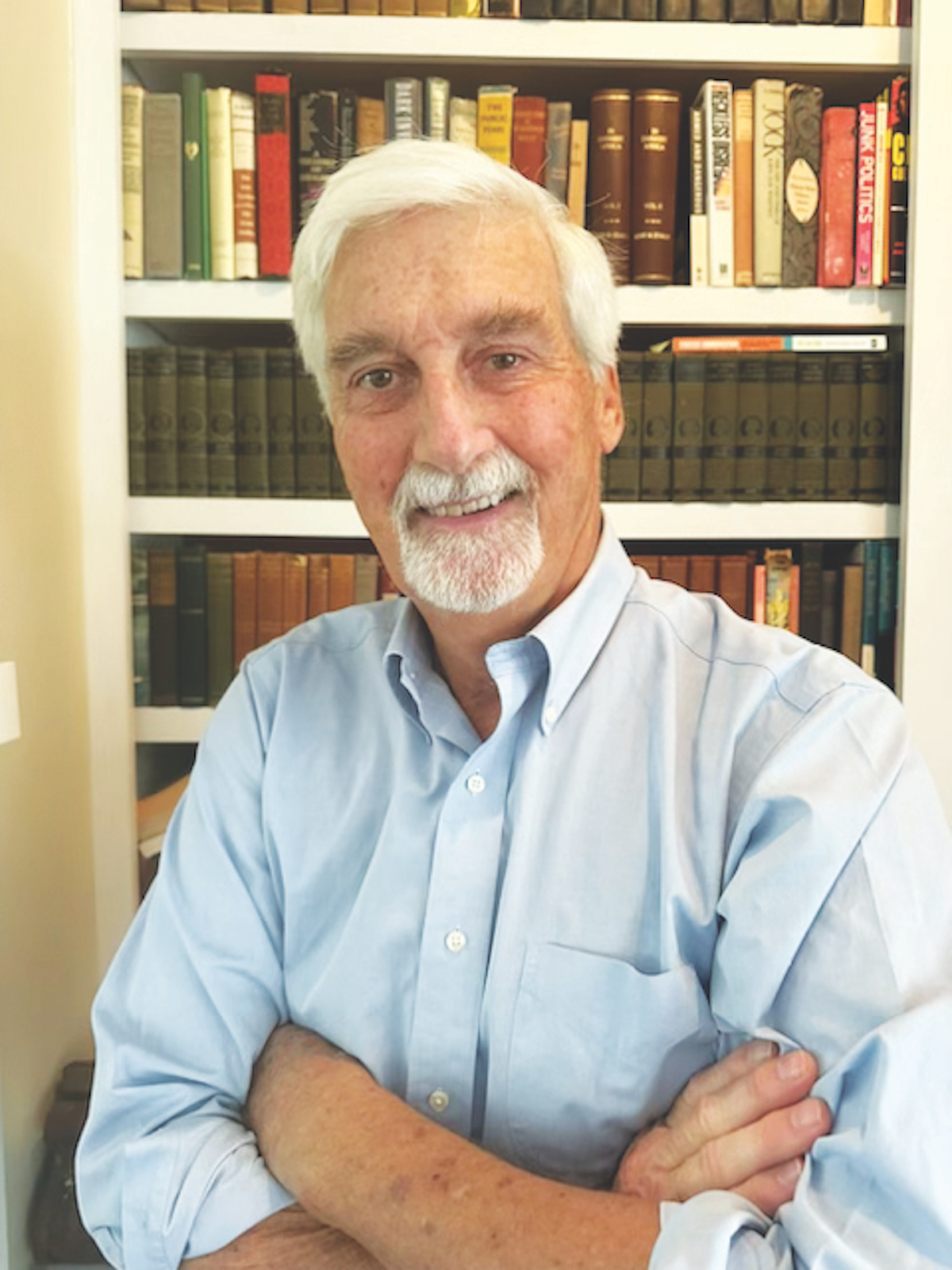The earliest known fossils of life on earth are about 3.5 billion years old, a time period during which spaceship Earth has seen fundamental variations and changes in weather, land masses, frozen glaciers and ice-packs, the hell-fire of volcanoes, the oceans, lakes, mountains and air.
Once verdant rainforests have become massive deserts, such as the Sahara of north Africa, the Gobi of eastern Asia, and the An Nafud of the Arabian peninsula. Historically, these massive deserts hardly supported any human life, just a few nomads here and there.
The Sahara Desert alone covers 3.55 million square miles, about the size of the continental United State (3.79 million square miles).
The early domestication of plants (the Neolithic Revolution) began with eight so-called “founder plants.”
Of the 200,000 or so wild plants today, only a few thousand are consumed by us omnivore humans, and only a few hundred of these are domesticated. A mere dozen or so plant species account for more than 80 percent of the modern world’s annual crop tonnage.
And all these crops require water to grow; some of them, such as rice, require lots of water. Rice is No. 1 on the list of world-wide consumables.
If the 20th Century was the Century of Petroleum (it was), then most certainly the 21st Century will be the Century of Water. Already much of the world’s 7.3 billion humans do not have access to clean, potable water.
Water scarcity is the No. 1 climate-change challenge facing today’s world. Seventy-one percent of the earth’s surface is water, most of which is salty, and undrinkable, much like Coleridge’s ancient mariner, who cried, “water, water everywhere, but not a drop to drink.”
The mostly failed states of the Middle East and North Africa are among the most water-scarce areas in the world, home to just one percent of the world’s freshwater resources. Scarcity of drinkable water increases security risks such as socio-economic instability and forced migration.
Limited water supplies wreak havoc across social, political and economic boundaries. One striking example is the devastating Syrian (un)civil war, which continues to rage.
Climate change brings hotter climes that exaggerates water scarcity, creating a metaphorical Damocles’ sword hanging over all our heads. Water scarcity is a major driver of migration, which generates irreversible changes to neighboring countries.
Currently one percent of the earth’s land mass is uninhabitable; in 50 years that uninhabitability is predicted to rise to 19 percetnt, forcing literally billions of people to migrate to places where they are not welcome. These over-dense locales will be a petri dish of profound social and political instability, diseases and global death of Biblical proportions.
Areas experiencing an increase of two degrees Celsius (a danger zone indicator) over the past century, are referred to as “2C hot spots.”
World-wide 2C hot spots are weakening winter’s ravage with Siberia experiencing record-breaking heat and melting permafrost; from Japan to Angola to Uruguay and Australia, warming ocean water has decimated fisheries and underwater kelp forests. Baghdad, Iraq hit 125.2 degrees Farenheit on July 28, topping 120 degrees for four consecutive days. Temperatures above 120 degrees are life threatening.
The U.S. is not immune to such temperature increases. A cluster of counties on Colorado’s western slope, which also impacts Wyoming and Utah, has warmed more than 2 degrees Celsius, double the global average.
This area spans more than 30,000 square miles, making it the largest “2C hot spot” in all of the continental U.S. The Colorado River flow has declined nearly 20 percent over the past century, mostly due to warming temperatures. This region’s snowpack is shrinking and melting earlier, amounting to an annual loss of 1.5 billion tons of water — a loss of as much water as 14 million Americans use in a year.
As the ground absorbs more heat, more of the precious water evaporates. Dry areas warm faster for lack of moisture to cool things down; heat produces drying, and then drying begets more heating, creating a vicious cycle.
Rising temperature is forcing a reckoning in our western states, since the Colorado River supplies water to 40 million people. It nurtures everything from vineyards to cattle to peach and almond trees, and flows into Los Angeles’s water faucets and Arizona’s agricultural fields.
But the Colorado River’s annual flow in the past two decades is 2.3 million acre-feet below its 20th-century average.
Climate change is the defining issue of our time. It is the single most prominent existential threat to our future — not COVID-19.
Obviously, without water, life is not sustainable.
Yet, even today, too many of our political power centers refuse to accept the science that validates this reality, claiming instead that “climate change” is a hoax perpetrated by the radical left-wing of American politics.
I can guarantee which of these two viewpoints is the “faux” news. We better wake up quickly, or it will be too late to address this life-threatening problem. Remember this fundamental and unchanging fact: Mother Nature is an unforgiving mistress. We ignore her at our own grave risk.
“Well, all I know is what I read in the newspapers.” – Will Rogers.
David M. Taub was Mayor of Beaufort from 1990 through 1999 and served as a Beaufort County Magistrate from 2010 to 2015. You can reach him at david.m.taub42@gmail.com.






